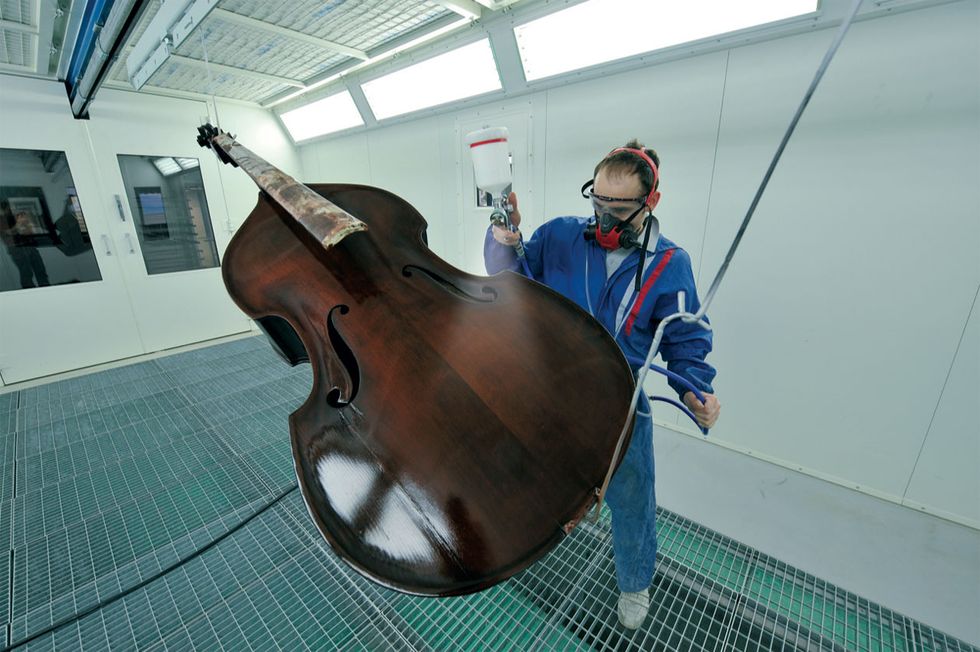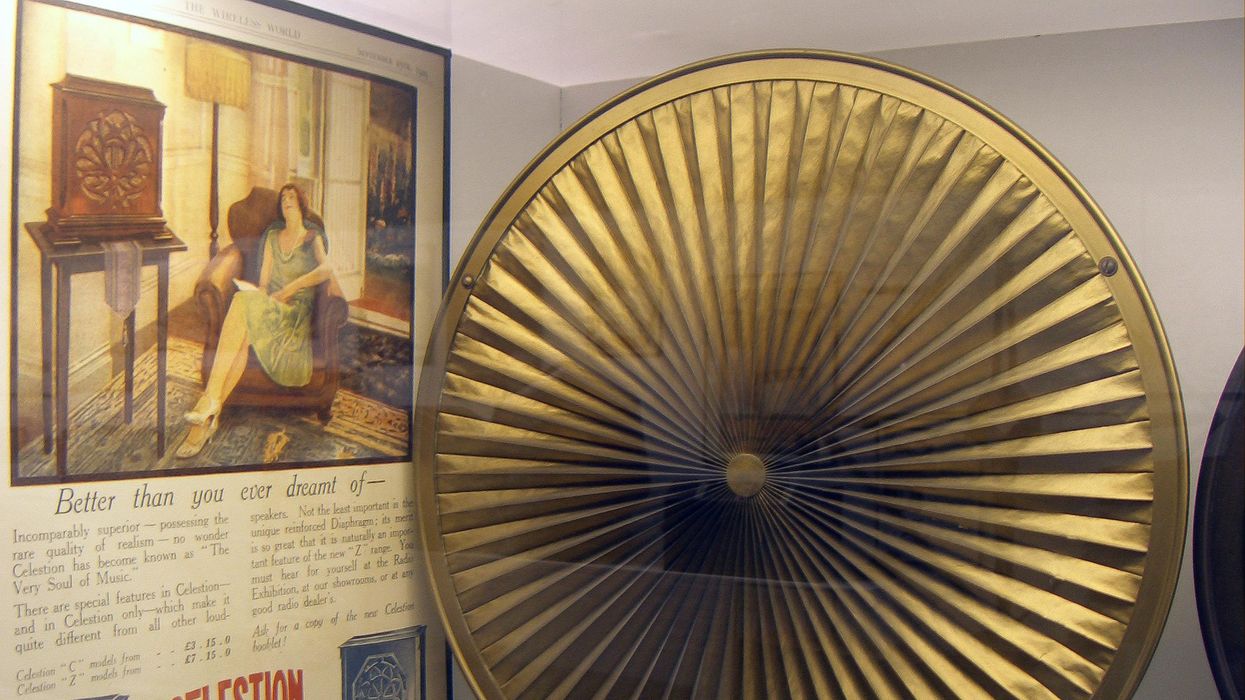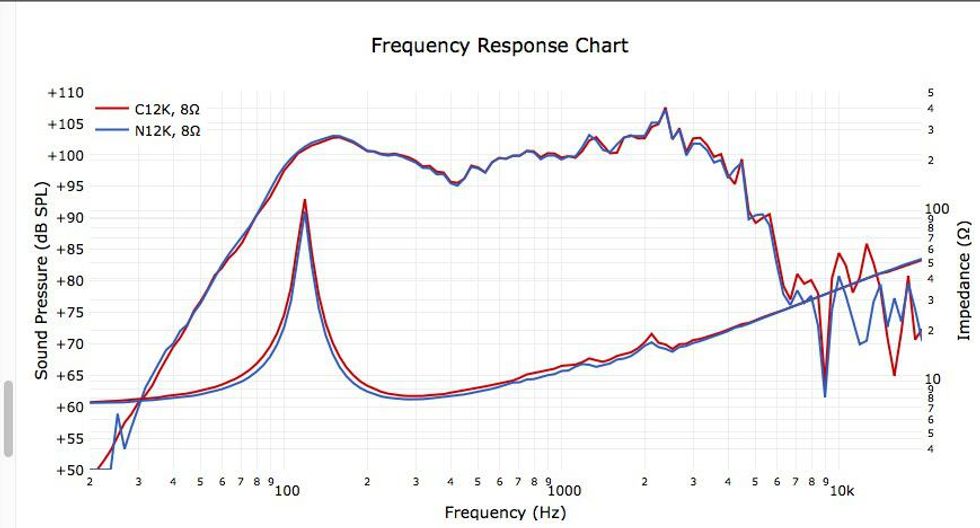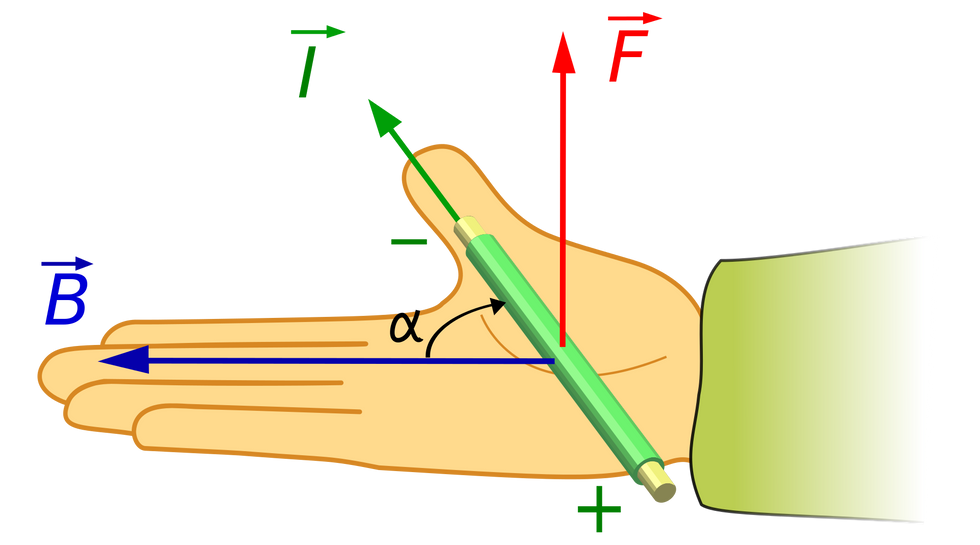Have you ever sanded a wooden object—a chair, a table, a bass or guitar body—at home and then wondered how to best seal your work when you were done? In my experience, if you ask carpenters, they’ll likely recommend oil. Woodworkers are used to treating wood with oil because it maintains the feel and appearance of the raw material and showcases the quality of their craft.
That said, I’ve never heeded their advice. I don’t want to deal with sticky, greasy surfaces or having to regularly reapply oil, which can also involve another round of sanding. And I find the prospect of oiled wood staining clothes and instrument cases equally unappealing. So I’ve always opted for a lacquer finish that will completely seal and fully protect the hard, dusty work I’ve put into that initial sanding. But how does one type of finish compare with another in the context of our instruments’ functionality and tone? Before we get into the pros and cons of different finishes, and what you can expect in terms of maintenance and sound, let’s first explore our options. Due to their many different and exotic names, chemicals can be confusing to discuss, so it helps to sort them into main groups: nitrocellulose, polyurethane and polyester, acrylic, wax, shellac, and oil.
Shellac. A resin-like substance that’s dissolved in alcohol, shellac is an ancient Asian and Persian finish that wasn’t widely accepted in the West until the early 1800s. Prior to that, wax and oil were the norm. It’s a good sealer and can be easily repaired and removed by using alcohol again.
Nitrocellulose. This classic finish, the successor to shellac, emerged in the 1920s. Based on cotton-derived resins, it uses nitric and sulfuric acid as a solvent. Nitro hardens by evaporating these solvents, which are cheap and easy to work with. After nitro is applied, the solvent chemical dissolves quickly, leaving only the resin, which is easy to buff. The remaining resin layer is hard and thin, but rather weak, which is why you’ll soon end up with cracks from that “working” wood. Another problem is that even after it has hardened, nitro remains susceptible to many solvents. And unfortunately, nitro is highly toxic and flammable.
Polyurethane and polyester. These gained popularity in the late ’30s, and they’re reactive finishes, meaning that the urethane or ester components react chemically on a molecular basis and not merely by evaporation. They create a tough, flexible, dual-component finish that dries to a very shiny, durable surface. While still flexible, poly finish is resistant to other solvents, such as beer and other alcohols. (Take that, nitro!)
In our world, polyurethane and polyester have acquired a bad reputation, as most of the early finishes were extremely thick and brittle. Many musicians believe their instruments have to “breathe” to produce righteous tone, and smothering them in “cheap plastic” doesn’t square with those beliefs, whether valid or not.
Acrylic. This is a modern successor to polyurethane. Simply put: Traditional polyurethane is oil-based, while acrylic urethane is water-based. Acrylic finishes don’t yellow as they age, which is one reason the automobile industry loves them. Another advantage: Oil-based poly is thick, but acrylics can be applied as thinner finishes. Polys remain more flexible than acrylics, but the acrylics’ volatile organic compound (VOC) emissions are lower. Applying finishes with low VOCs requires more expertise, time, and layers, but they’re harder and more environmentally friendly than their oil-based competitor.
Oil. Using oil as a penetrating finish is one of the oldest ways to protect wood from such external influences as moisture. It’s inexpensive and relatively simple to apply—you simply rub it into the wood. Because of all the “secret mixes” and variants, it’s hard to give a good overview of what’s available, but among the most popular are boiled or polymerized tung and linseed oils, and these can be mixed with waxes or thinners, or even resins. The latter yield a more shellac-like finish that remains in the top layer or grain of the surface, where it hardens over time.
Note: It’s not a good idea to use pure, unboiled food oils—olive oil, for example—because they can turn rancid and start to rot. Also, the hardening process via oxidation can take forever, so it’s the least protective option.
Finally, don’t get confused by “French polish” and “Japanese dryer”—two terms you’ll often encounter in the context of wood finishes. The former is a special, elaborate treatment based on shellac varnish, while the latter refers to using cobalt to speed up the hardening process in oil-based finishes.
Okay! We’ve pretty much covered the options for finishing our axes. They all have their pros and cons, and that’s what we’ll explore next time.























